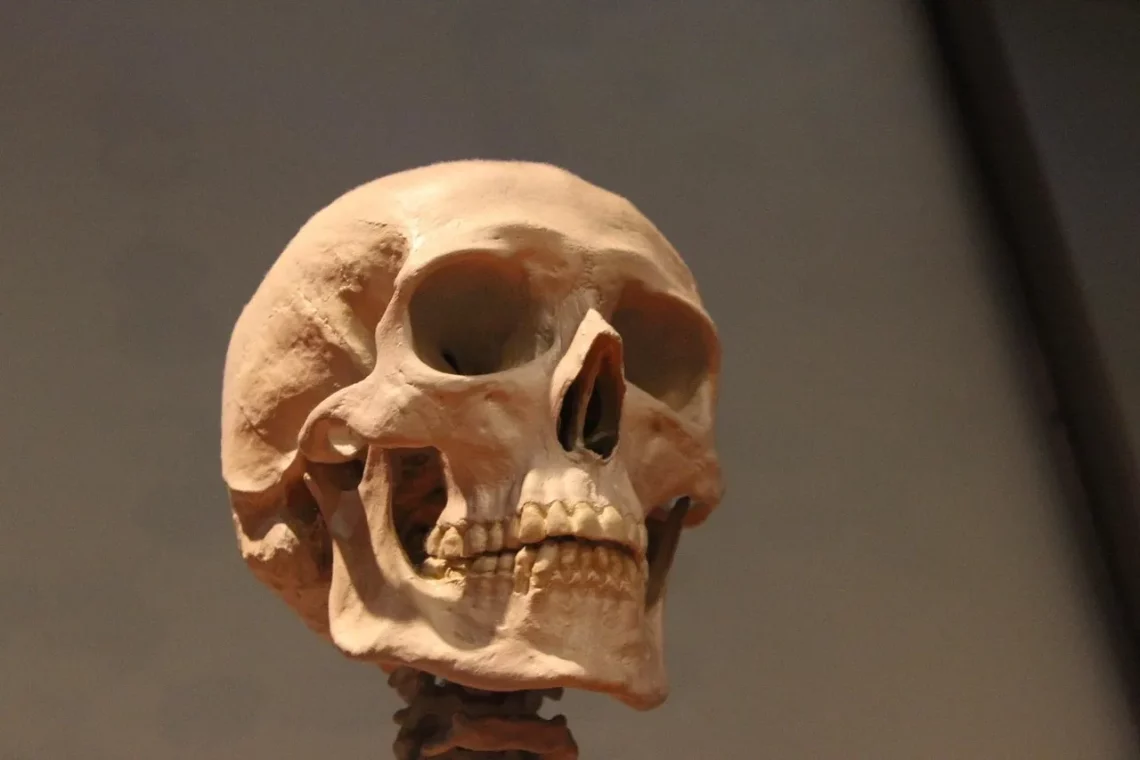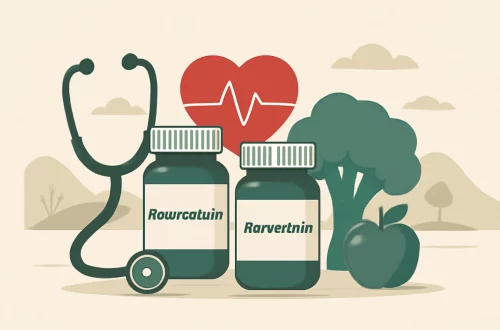
Innie Pussy vs Outie Pussy: Understanding the Differences and Variations
Understanding the complexities of human anatomy is essential for promoting a healthy perception of our bodies. Each individual is unique, and this uniqueness extends to various aspects of physical appearance, including genitalia. When discussing vulvar anatomy, terms like “innie” and “outie” are often used colloquially to describe the appearance of the vulva, particularly the labia. These terms may evoke curiosity, but they also highlight the diverse range of normal anatomical variations that exist among individuals.
Cultural perceptions and societal norms often influence how we view different body types and appearances. The discussion surrounding innie and outie vulvas opens up conversations about acceptance, understanding, and the normalization of anatomical diversity. This dialogue is crucial in fostering body positivity and encouraging individuals to embrace their unique characteristics. Rather than focusing on what is “normal” or “ideal,” it is important to celebrate the myriad ways in which bodies can appear and function.
As we delve deeper into this topic, we will explore various aspects of vulvar anatomy, the factors that contribute to these differences, and the implications for self-image and sexual health. Emphasizing education and awareness can empower individuals to appreciate their bodies and those of others, promoting a more inclusive understanding of human anatomy.
Defining Innie and Outie Vulvas
When we talk about innie and outie vulvas, we are primarily referring to the prominence or recessiveness of the labia minora in relation to the labia majora. An “innie” vulva typically features labia minora that are tucked inside the labia majora, creating a smooth and often less pronounced appearance. Conversely, an “outie” vulva has labia minora that extend beyond the labia majora, being more visible and prominent.
This distinction, while seemingly simple, is influenced by various factors including genetics, hormonal levels, and individual development. Genetics play a significant role in determining the size and shape of external genitalia, much like other physical features such as height and eye color. Hormonal fluctuations during puberty, pregnancy, and menopause can also impact the appearance of the vulva, leading to changes that may make an innie vulva more pronounced or vice versa.
It is important to note that both innie and outie vulvas are considered normal variations. The diversity in appearance is a natural aspect of human anatomy, and no one type is more desirable than the other. Understanding these definitions helps to normalize the conversation around vulvar anatomy and encourages individuals to appreciate their bodies without judgment.
Furthermore, societal norms and media representations often shape our perceptions of what is considered “normal” or “attractive.” Unfortunately, this can lead to body image issues, especially among individuals who feel they do not conform to these narrow standards. By educating ourselves about the natural diversity of vulvar anatomy, we can challenge these societal pressures and foster a more accepting environment for all body types.
Factors Influencing Vulvar Appearance
The appearance of the vulva is influenced by a variety of factors, most notably genetics, hormonal changes, and age. Each of these elements contributes to the unique characteristics of a person’s anatomy.
Genetic predisposition is one of the most significant factors. Just as people inherit traits like hair color or height from their parents, the shape and size of the vulva are also genetically influenced. This means that if someone has family members with certain vulvar characteristics, they may be more likely to have a similar appearance.
Hormonal changes are another critical aspect that impacts the vulva. During puberty, the body undergoes a series of changes driven by hormones, which can affect the development and appearance of the labia. For instance, estrogen levels increase, leading to the growth and potential pigmentation of the labia minora.
Additionally, life stages such as pregnancy and menopause bring about hormonal shifts that can alter the vulvar appearance. During pregnancy, increased blood flow and hormonal changes can lead to swelling and increased prominence of the labia. Conversely, menopause often leads to a decrease in estrogen, which can result in changes to the elasticity and size of the vulva.
Age also plays a role in the appearance of genitalia. As individuals age, the body naturally undergoes changes that can affect the vulva’s appearance. This may include a gradual loss of fat and elasticity in the skin, leading to a different look over time.
Understanding these factors can help individuals appreciate the natural changes their bodies undergo throughout their lives. Rather than feeling pressured to conform to a specific aesthetic, embracing the normalcy of change can enhance body positivity and self-acceptance.
Body Image and Self-Acceptance
The conversation around innie versus outie vulvas is not just anatomical; it also significantly intersects with issues of body image and self-acceptance. In a society that often promotes unrealistic beauty standards, individuals may feel pressured to conform to certain ideals regarding their bodies, including their genitalia. This pressure can lead to feelings of inadequacy, shame, or embarrassment about one’s natural anatomy.
Body image issues can stem from various sources, including media portrayals, peer comparisons, and societal expectations. Many people are exposed to curated images of “ideal” bodies that often do not reflect the diversity of human anatomy. As a result, individuals may develop a skewed perception of what is “normal” or “acceptable,” leading to dissatisfaction with their own bodies.
Promoting self-acceptance begins with education and open dialogue. By understanding that there is a wide range of normal when it comes to vulvar anatomy, individuals can begin to appreciate their bodies for what they are rather than what they think they should be. Emphasizing that both innie and outie vulvas are equally valid and beautiful can help counteract negative body image issues.
Moreover, fostering a culture of acceptance and inclusivity can create a supportive environment where individuals feel comfortable discussing their bodies without fear of judgment. Encouraging conversations about anatomy, body positivity, and self-love can empower people to embrace their uniqueness.
Engaging in practices that promote self-care and self-love, such as mindfulness, body positivity workshops, and supportive communities, can also aid in building a healthier body image. Ultimately, accepting one’s body as it is—flaws and all—can lead to improved mental health and overall well-being.
Health Considerations and Personal Care
When it comes to vulvar health, understanding the normal variations in anatomy, including innie and outie vulvas, is crucial. Awareness of one’s own body can significantly impact personal care practices and overall sexual health.
Regular self-examinations can help individuals become familiar with their anatomy, making them more attuned to any changes that may occur over time. This familiarity is important for identifying any potential health issues, such as infections or abnormalities.
Practicing good hygiene is essential for vulvar health, regardless of the type of anatomy one has. It is advisable to wash the vulva gently with mild soap and water, avoiding harsh cleansers or douches that can disrupt the natural balance of bacteria and pH levels.
Additionally, understanding that variations in vulvar appearance are normal can help individuals feel more comfortable in seeking medical advice if they notice changes or experience discomfort. Open communication with healthcare providers about any concerns is key to maintaining sexual health and addressing any issues that may arise.
It’s also important to remember that sexual health is not solely about anatomy. Factors such as mental health, emotional well-being, and healthy relationships all contribute to overall sexual wellness. Prioritizing comprehensive care that encompasses both physical and emotional health can promote a more fulfilling experience.
As a final note, this article is not intended to serve as medical advice. Individuals experiencing health issues or concerns should always consult with a qualified healthcare professional for personalized guidance.
In conclusion, understanding the differences between innie and outie vulvas helps to celebrate the diversity of human anatomy while fostering body positivity and self-acceptance. By promoting education and awareness, we can create a more inclusive environment that honors the uniqueness of all bodies.




